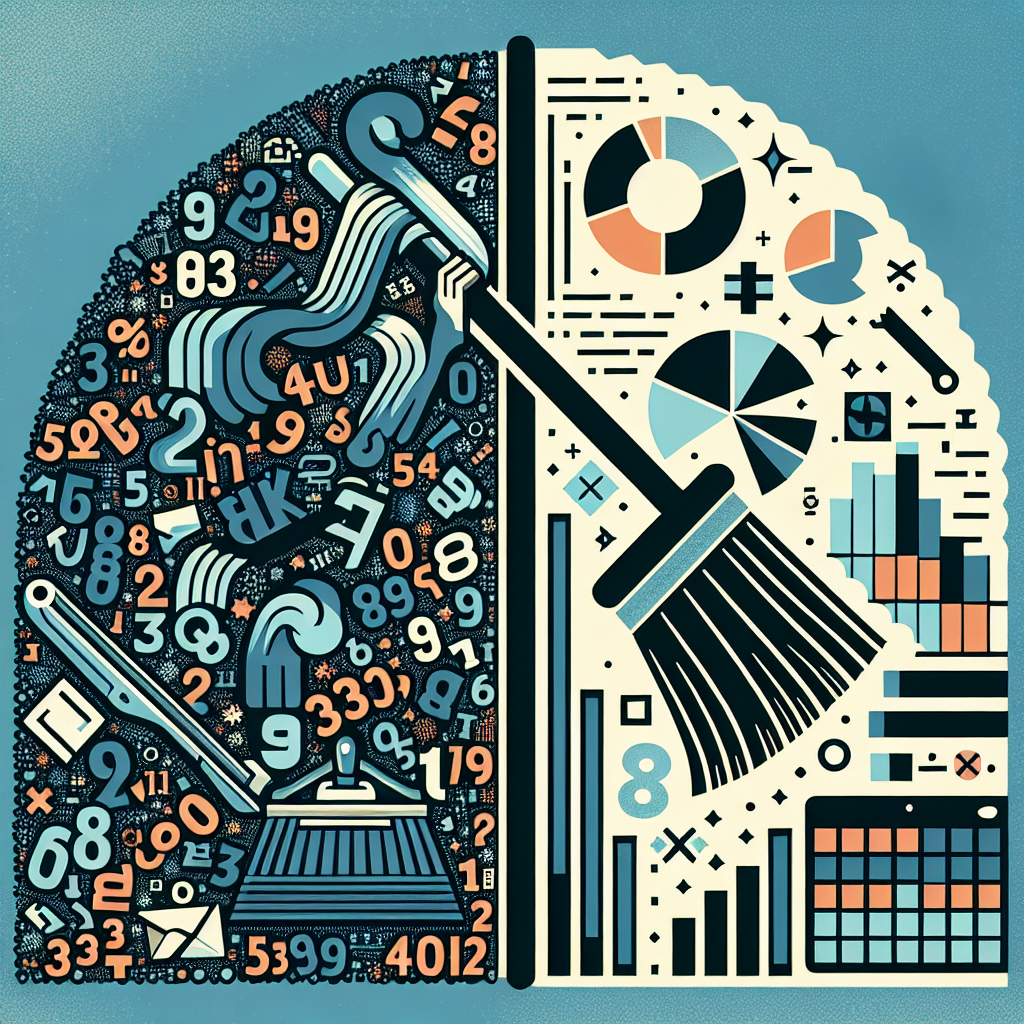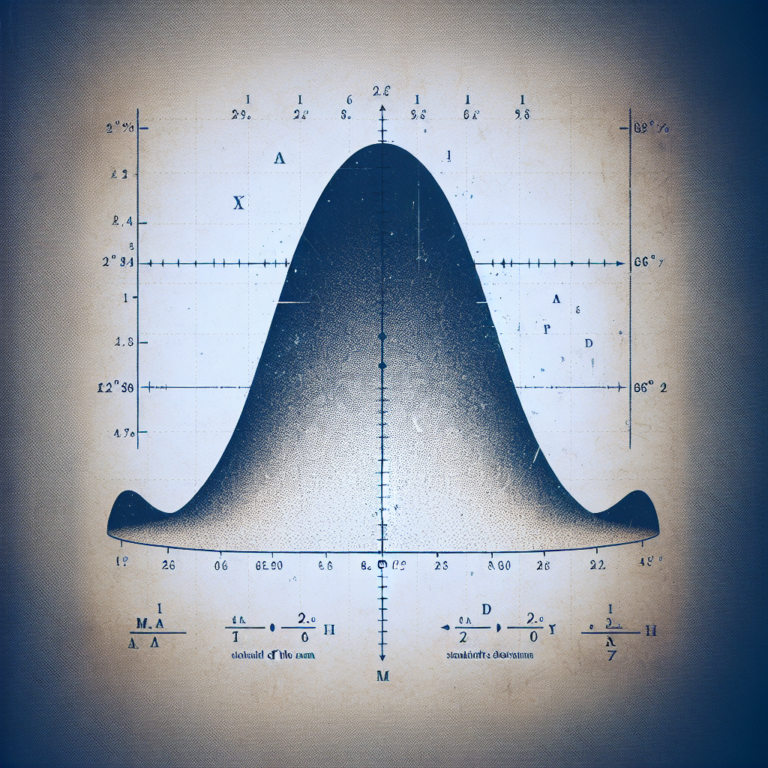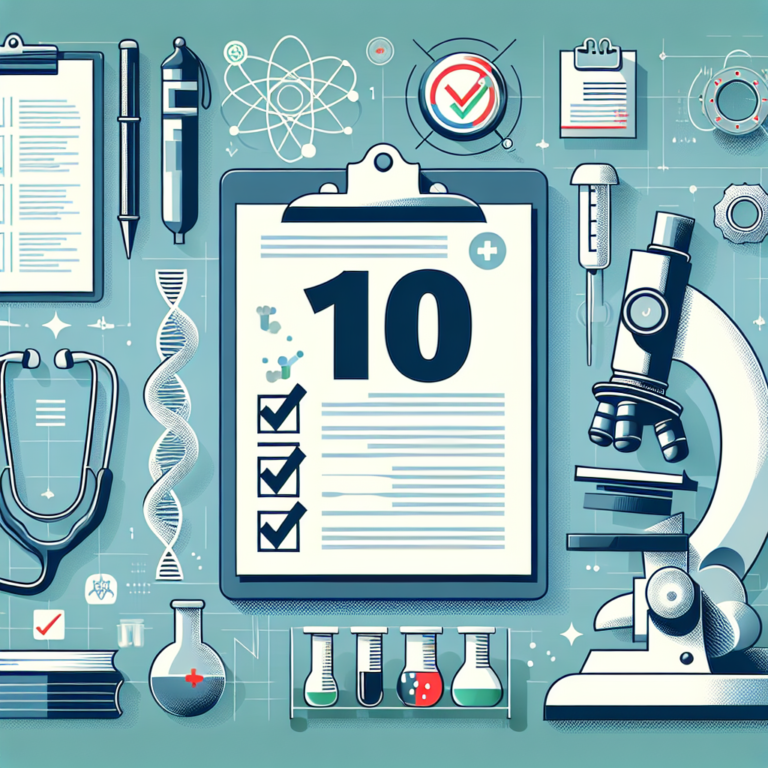Data cleaning and preprocessing are essential steps in any data analysis process. In the world of statistical analysis, ensuring that your data is clean and well-preprocessed is crucial to obtaining accurate and reliable results. In this ultimate guide, we will cover everything you need to know about data cleaning and preprocessing, from the basics to advanced techniques.
Table of Contents
Introduction to Data Cleaning and Preprocessing
Data cleaning involves identifying and correcting errors or inconsistencies in the dataset, such as missing values, outliers, or duplicate entries. On the other hand, data preprocessing involves transforming raw data into a format that is suitable for analysis.
At StatisMed, we understand the importance of data cleaning and preprocessing in statistical analysis. Our team of experts provides top-notch statistical analysis services for medical professionals, helping them derive meaningful insights from their data.
Why Data Cleaning and Preprocessing Are Important
- Ensures Accuracy: Clean data leads to more accurate results in statistical analysis.
- Improves Quality: Preprocessed data eliminates noise and inconsistencies for better quality outcomes.
- Enhances Efficiency: Clean and preprocessed data streamlines the analysis process, saving time and resources.
Steps in Data Cleaning and Preprocessing
- Identifying Missing Values: Check for missing data points and decide on the best way to handle them.
- Handling Outliers: Detect and handle outliers that may skew the analysis results.
- Removing Duplicates: Eliminate any duplicate entries in the dataset.
- Standardizing Data: Ensure that all data points are in a consistent format for analysis.
- Feature Scaling: Normalize the data to bring all features to a similar scale.
- Encoding Categorical Variables: Convert categorical variables into a numerical format for analysis.
- Feature Engineering: Create new features or transform existing ones for better analysis results.
- Handling Imbalanced Data: Address any class imbalances in the dataset for unbiased results.
Advanced Techniques in Data Cleaning and Preprocessing
- Dimensionality Reduction: Use techniques like PCA to reduce the number of features in the dataset.
- Anomaly Detection: Identify and remove anomalies that may affect the analysis results.
- Data Integration: Combine data from multiple sources for a comprehensive analysis.
- Data Transformation: Use techniques like log transformation or normalization for better analysis outcomes.
- Data Augmentation: Generate synthetic data to supplement the existing dataset for analysis.
Conclusion
In conclusion, data management are vital steps in any statistical analysis process. By ensuring that your data is clean and well-preprocessed, you can obtain accurate and reliable results that can drive informed decision-making. At StatisMed, we are dedicated to providing top-notch statistical analysis services for medical professionals, helping them make sense of their data and derive valuable insights.
So, remember to invest time and effort in cleaning and preprocessing your data before diving into analysis. It will not only lead to more accurate results but also save you time and resources in the long run. If you need help with your data analysis needs, feel free to contact us or request a quote. Let us help you unlock the true potential of your data!
[ad_2]




